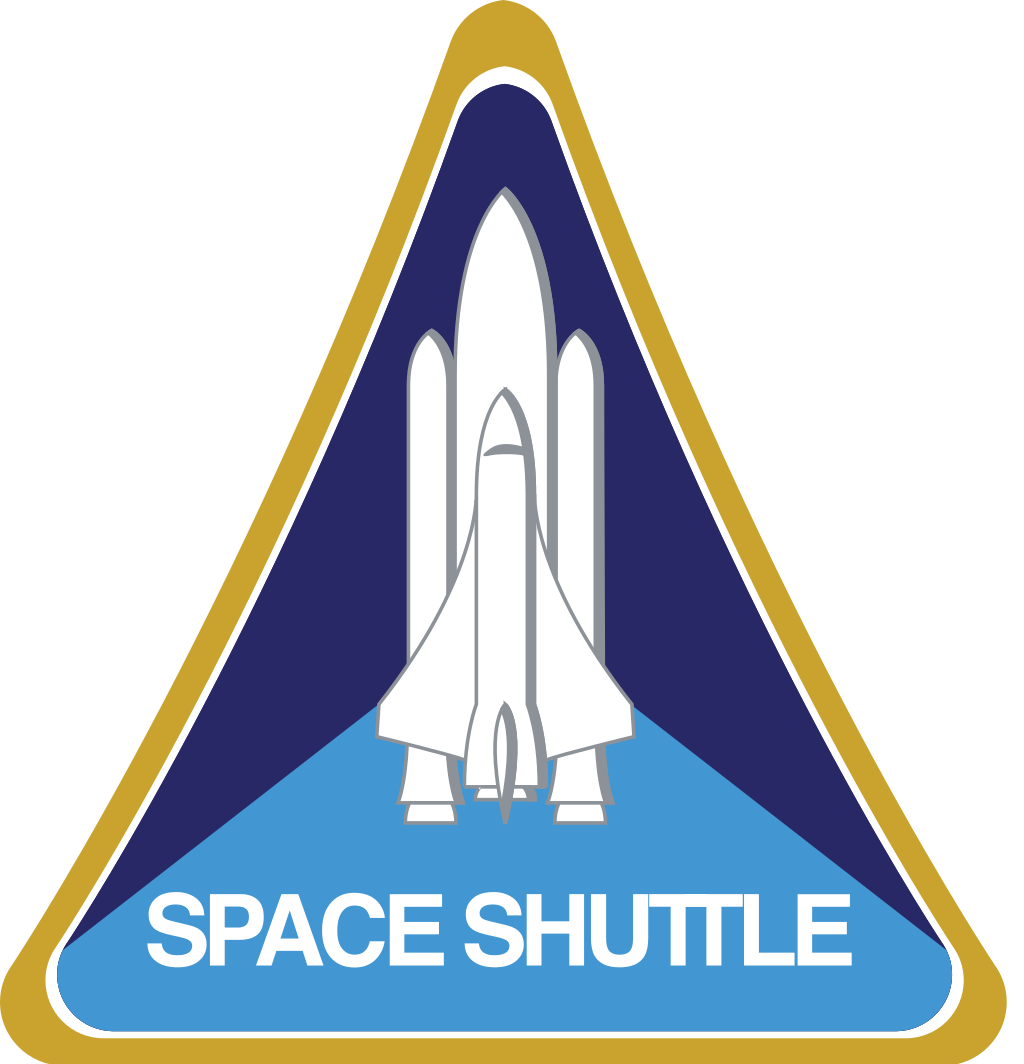In a historic announcement on January 5, 1972, U.S. President Richard Nixon unveiled plans for the development of the Space Shuttle Program. This groundbreaking initiative aimed to create a reusable spacecraft that would revolutionize space travel, enabling frequent missions to space and marking a significant milestone in American space exploration.
The Space Shuttle Program was a result of extensive research and development efforts by NASA and its partners. The idea of a reusable spacecraft had been under consideration for several years, but it was during Nixon’s presidency that the program gained momentum and received the necessary funding to become a reality.
The primary objective of the Space Shuttle Program was to reduce the cost of space travel by creating a vehicle that could be used multiple times. Traditional space missions relied on single-use rockets, which were expensive and inefficient. The Space Shuttle, with its ability to launch, orbit, and return to Earth intact, promised to revolutionize the way humans explored space.
One of the key advantages of the Space Shuttle was its versatility. It could carry both crew and cargo, making it suitable for a wide range of missions. This flexibility allowed for the deployment of satellites, the repair and maintenance of existing space infrastructure, and the transportation of astronauts and supplies to the International Space Station.
Throughout its operational life, the Space Shuttle Program achieved numerous milestones and contributed significantly to scientific research and space exploration. It played a vital role in the development and construction of the International Space Station, serving as a crucial link in assembling the largest human-made structure in space.
One of the most memorable missions of the Space Shuttle Program was the launch of the Hubble Space Telescope in 1990. The Space Shuttle Discovery carried the telescope into orbit, enabling scientists to capture breathtaking images of distant galaxies and expand our understanding of the universe.
However, the Space Shuttle Program was not without its challenges and tragedies. On January 28, 1986, the Space Shuttle Challenger exploded shortly after launch, resulting in the loss of all seven crew members. This devastating event led to a temporary halt in the program and a thorough review of safety procedures.
Despite the setbacks, the Space Shuttle Program continued to push the boundaries of space exploration. It became a symbol of American technological prowess and a testament to the ingenuity and determination of the scientists, engineers, and astronauts involved.
After more than three decades of service, the Space Shuttle Program came to an end in 2011. NASA retired the remaining shuttles, Atlantis, Discovery, and Endeavour, marking the conclusion of an era in American space exploration.
The legacy of the Space Shuttle Program lives on in the advancements it brought to space technology and the invaluable contributions it made to scientific research. Its impact on the development of the International Space Station and our understanding of the universe cannot be overstated.
Today, as we look back on the announcement of the Space Shuttle Program in 1972, we recognize it as a pivotal moment in American history. It laid the foundation for future space exploration endeavors, inspiring generations of scientists, engineers, and dreamers to reach for the stars.
SEO Excerpt:
Discover the historical significance of the Announcement of the Space Shuttle Program (1972) and how it revolutionized American space exploration. Learn about the development of the program, its milestones, and its contributions to scientific research and the construction of the International Space Station. Explore the challenges and tragedies faced by the Space Shuttle Program, and its lasting legacy in space technology.

